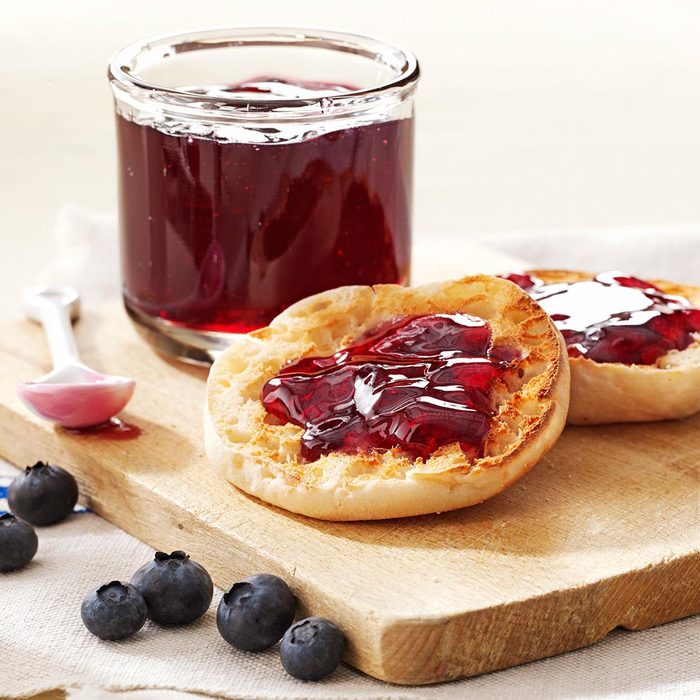Blueberry Jelly
Prep: 1-1/4 hours Process: 5 min.
6 pints
Updated: Jun. 30, 2023
My mother brought this old family recipe with her when she moved here from Scotland. My children and husband especially love spreading this fruitful jelly on slices of homemade bread. I love it because this blueberry jelly recipe is simple to make. —Elaine Soper, Trinity Bay, Newfoundland



















